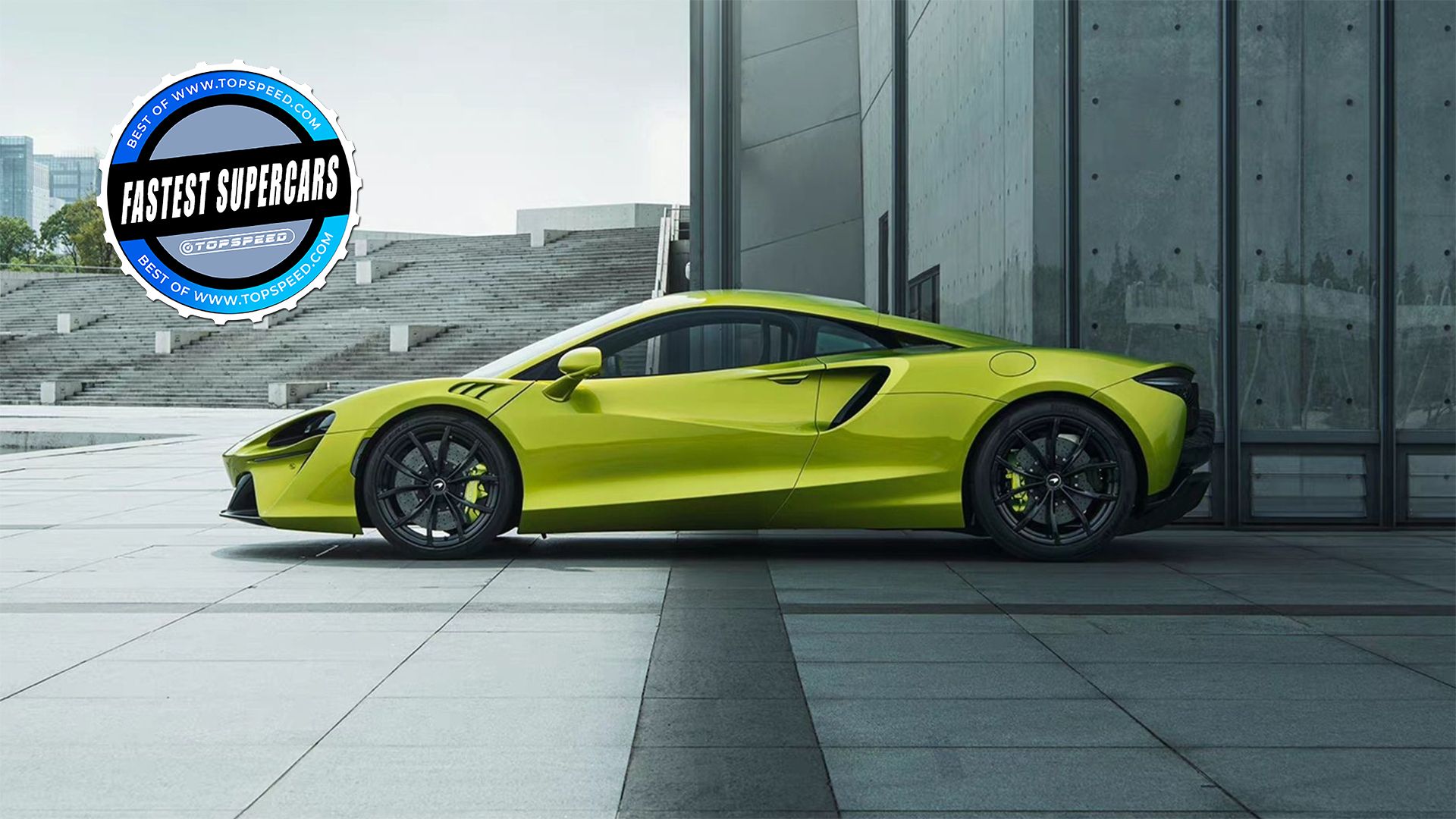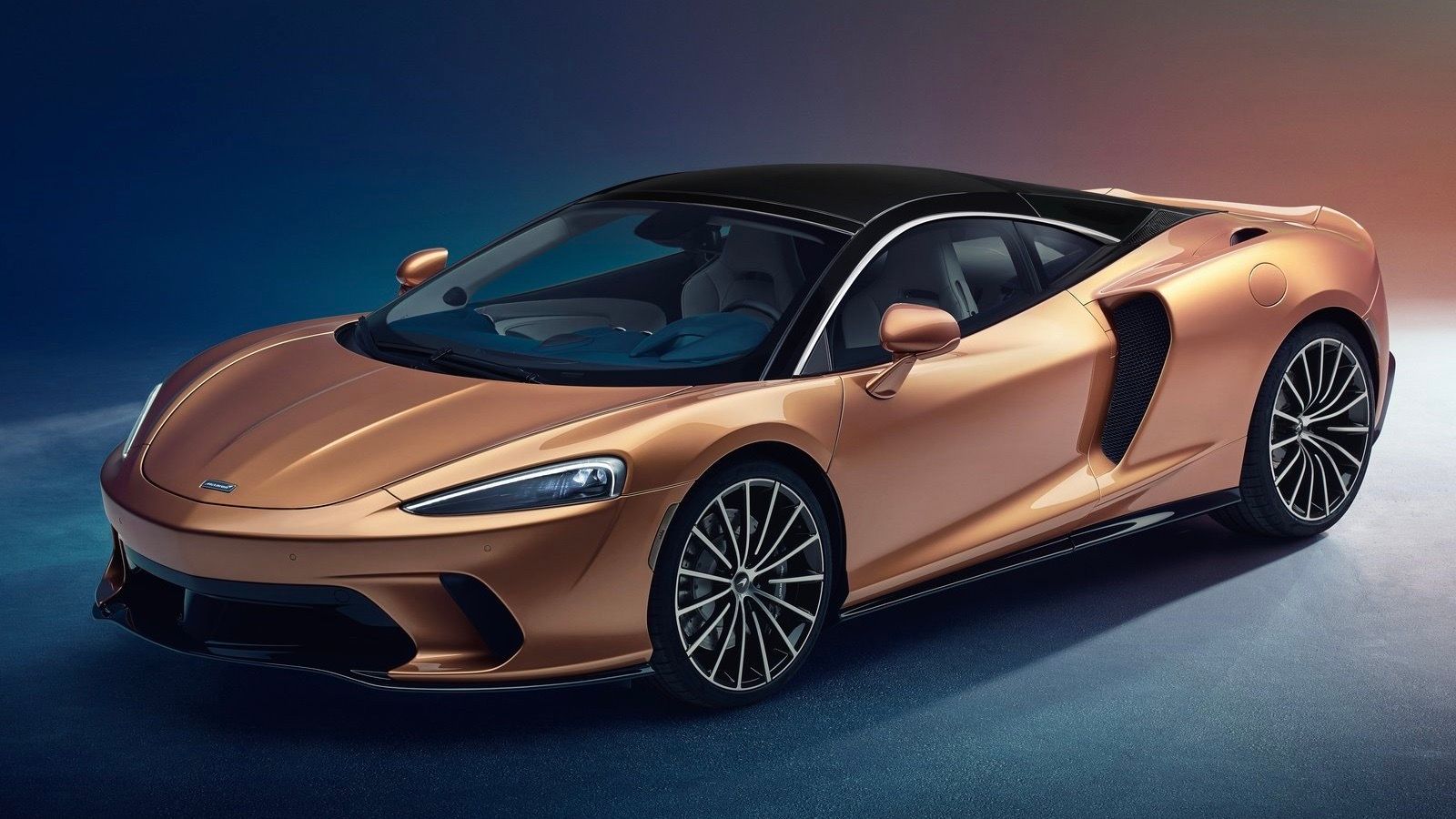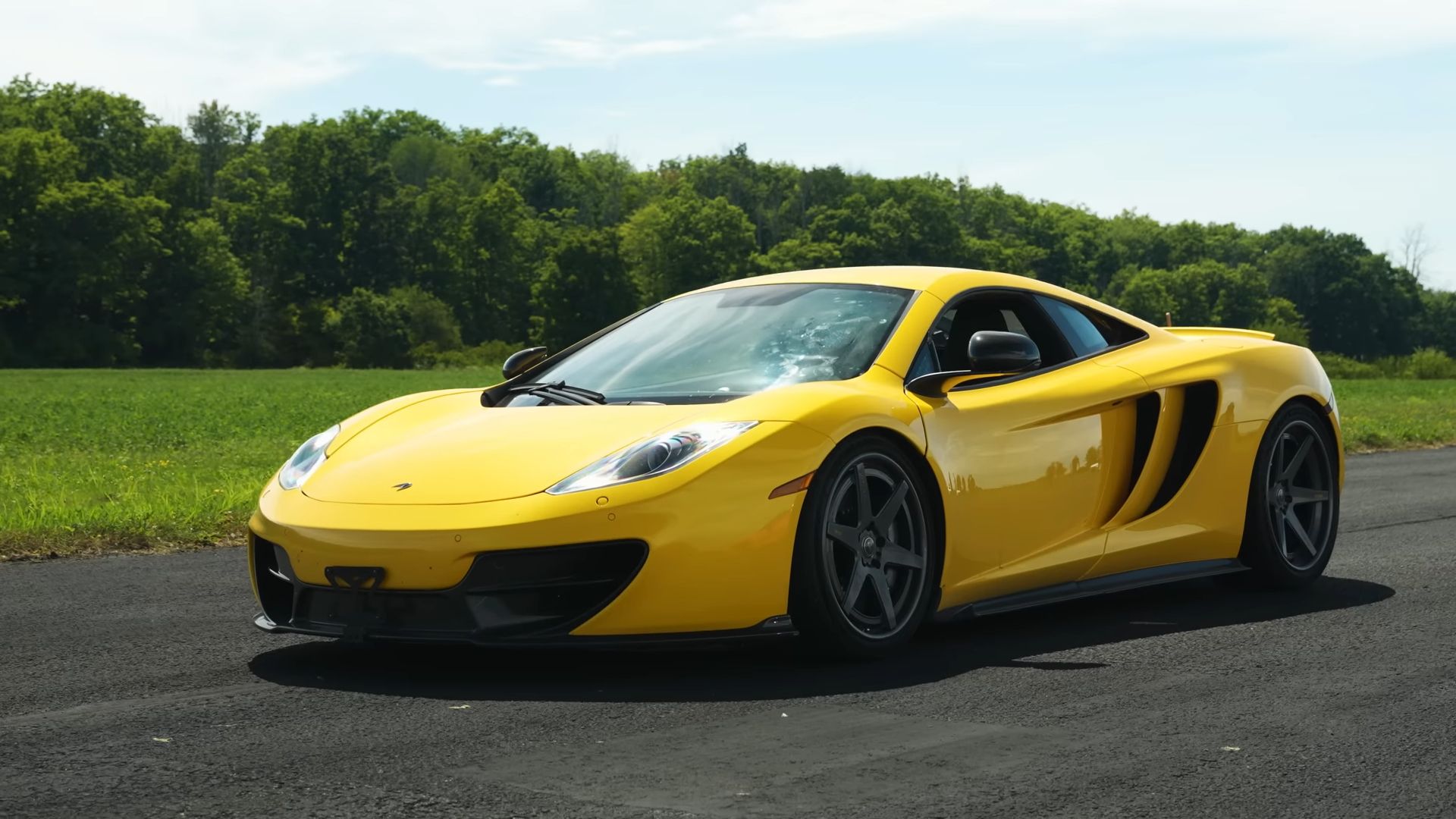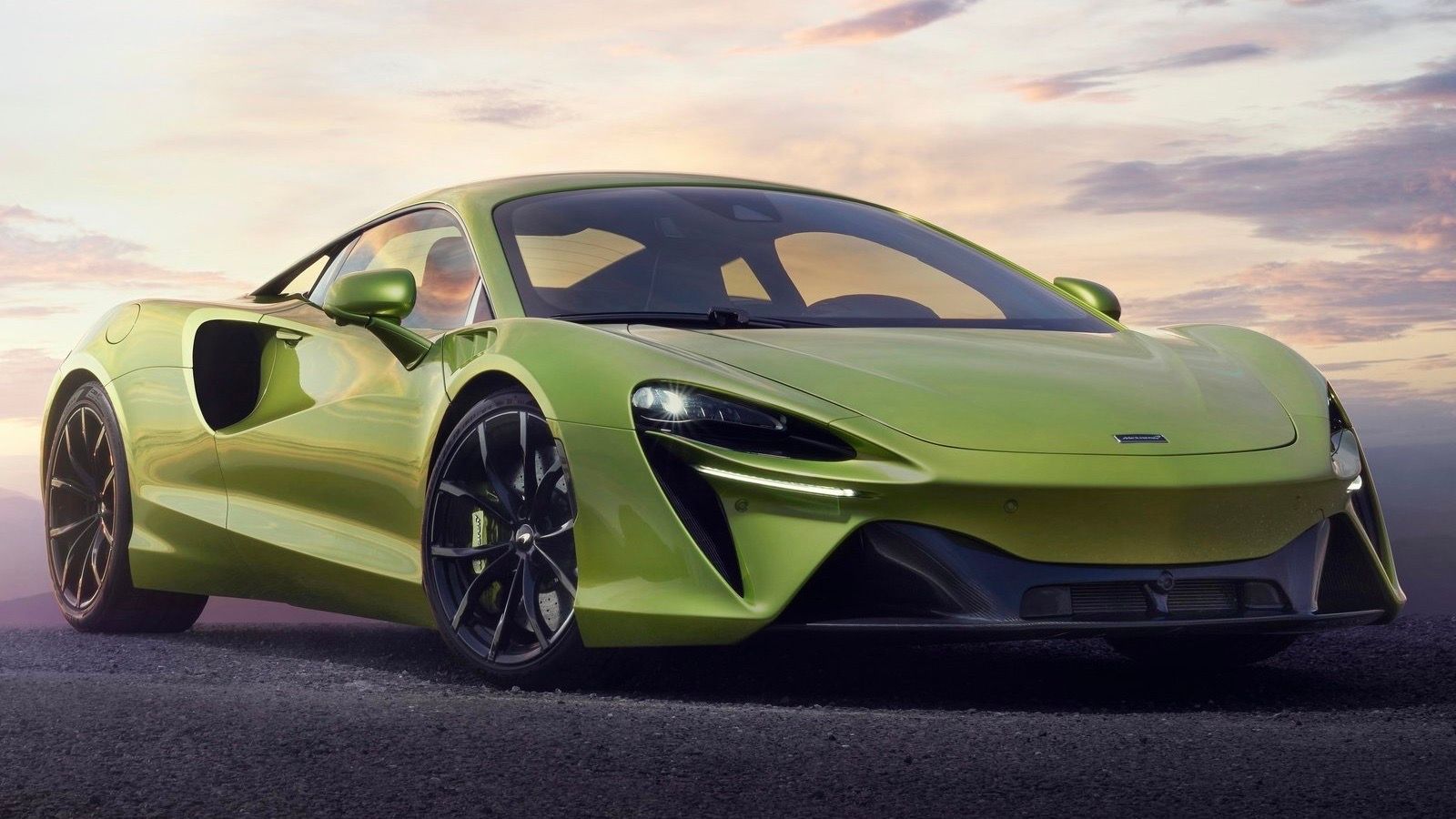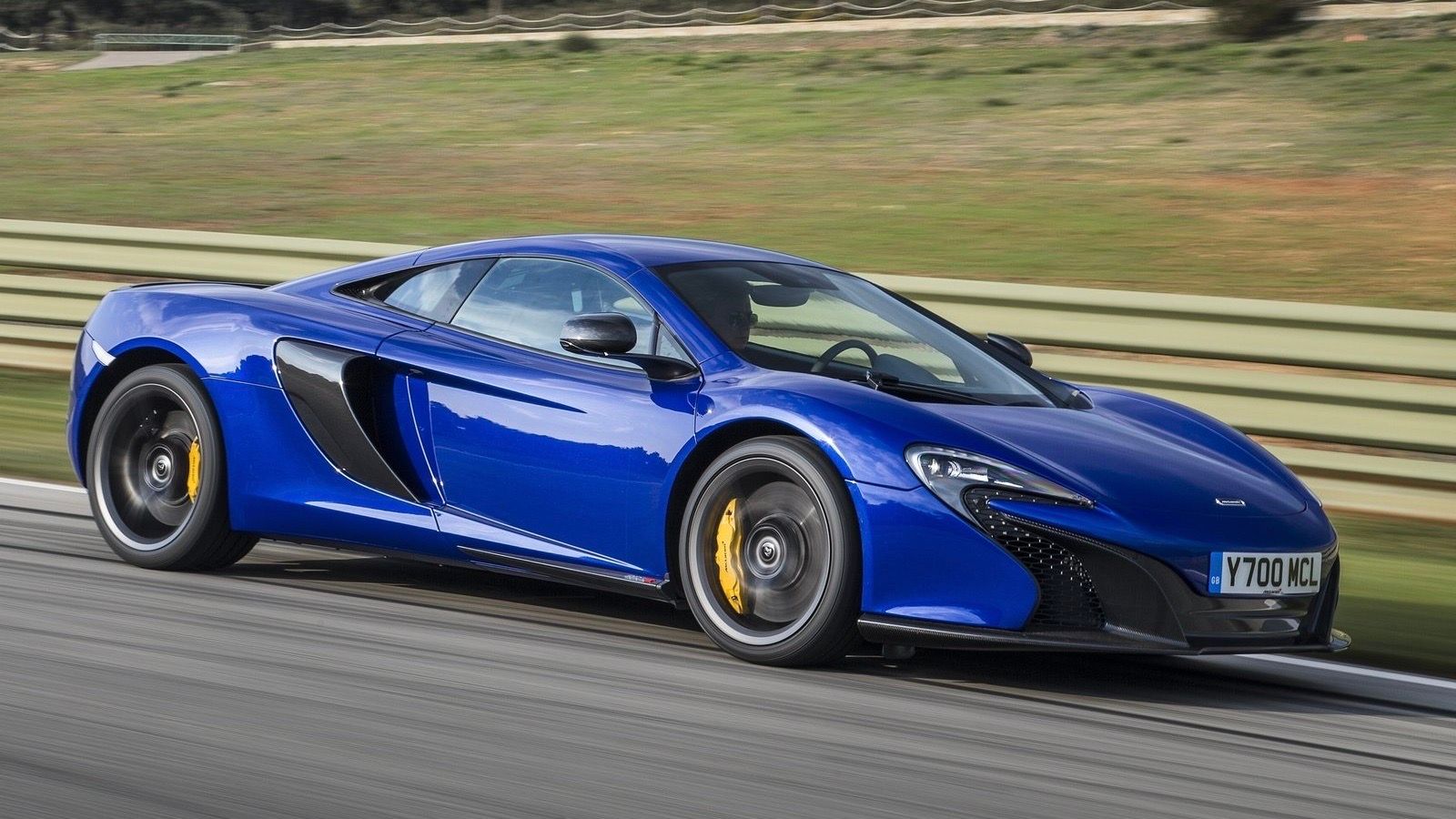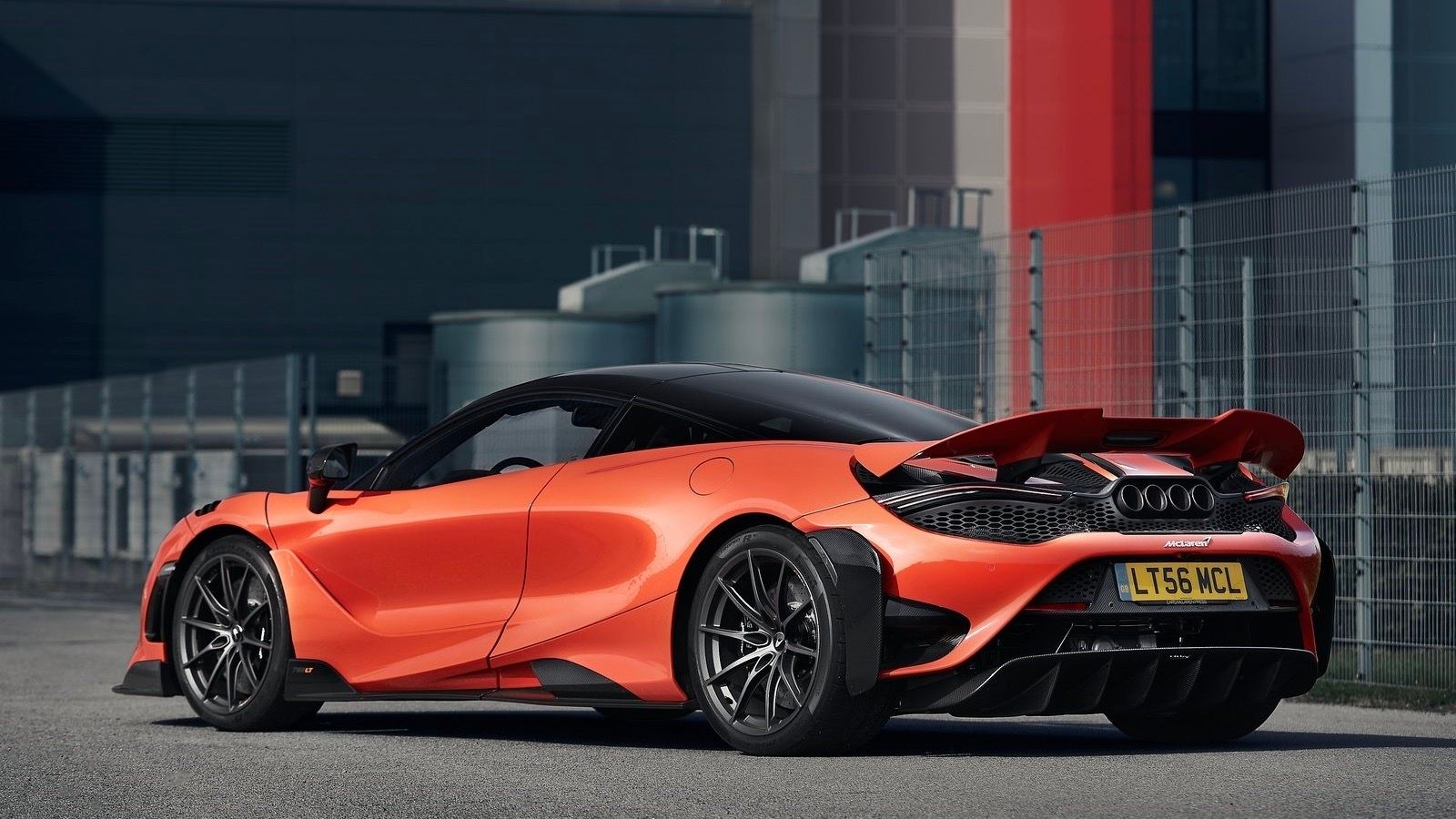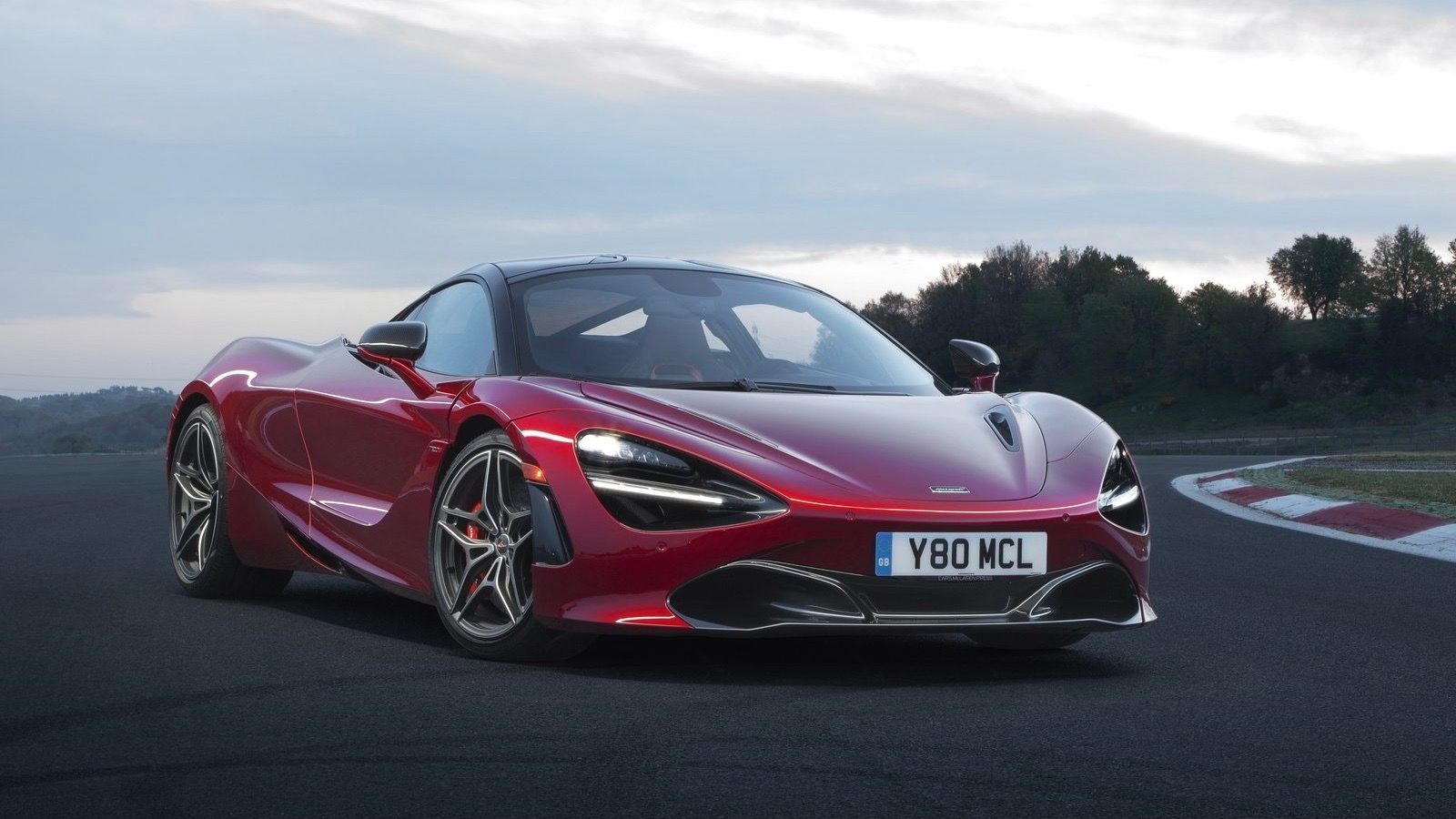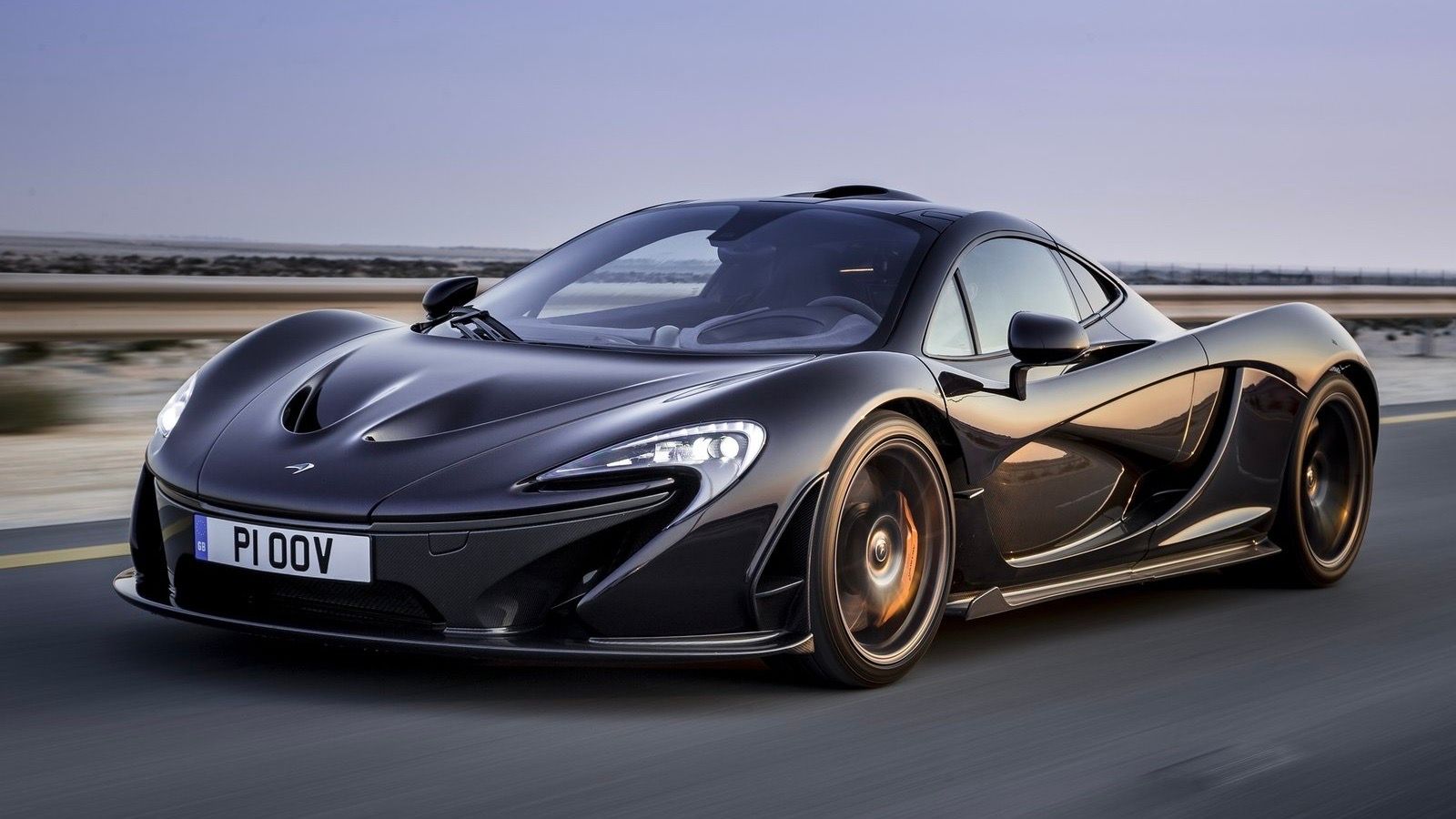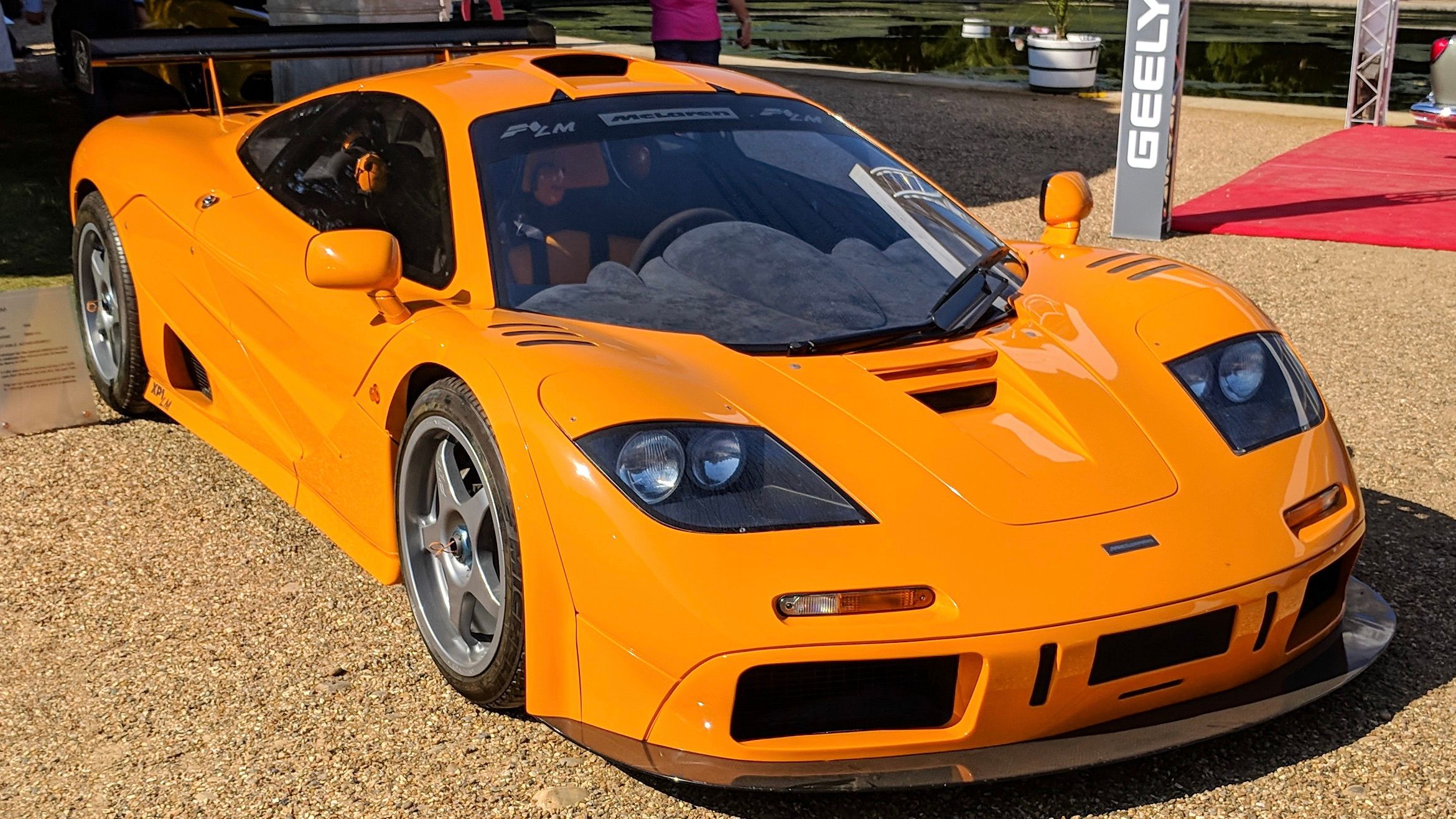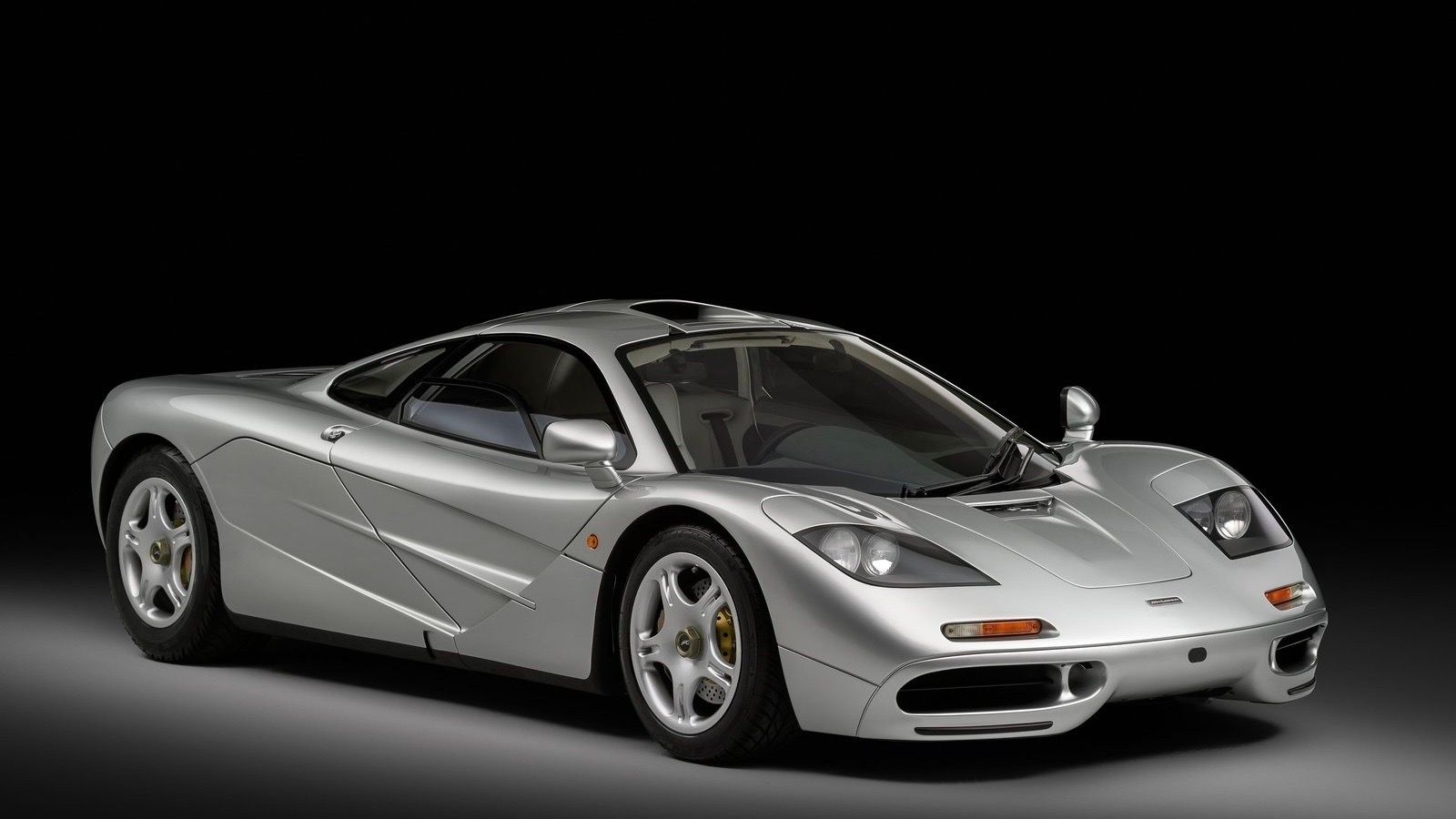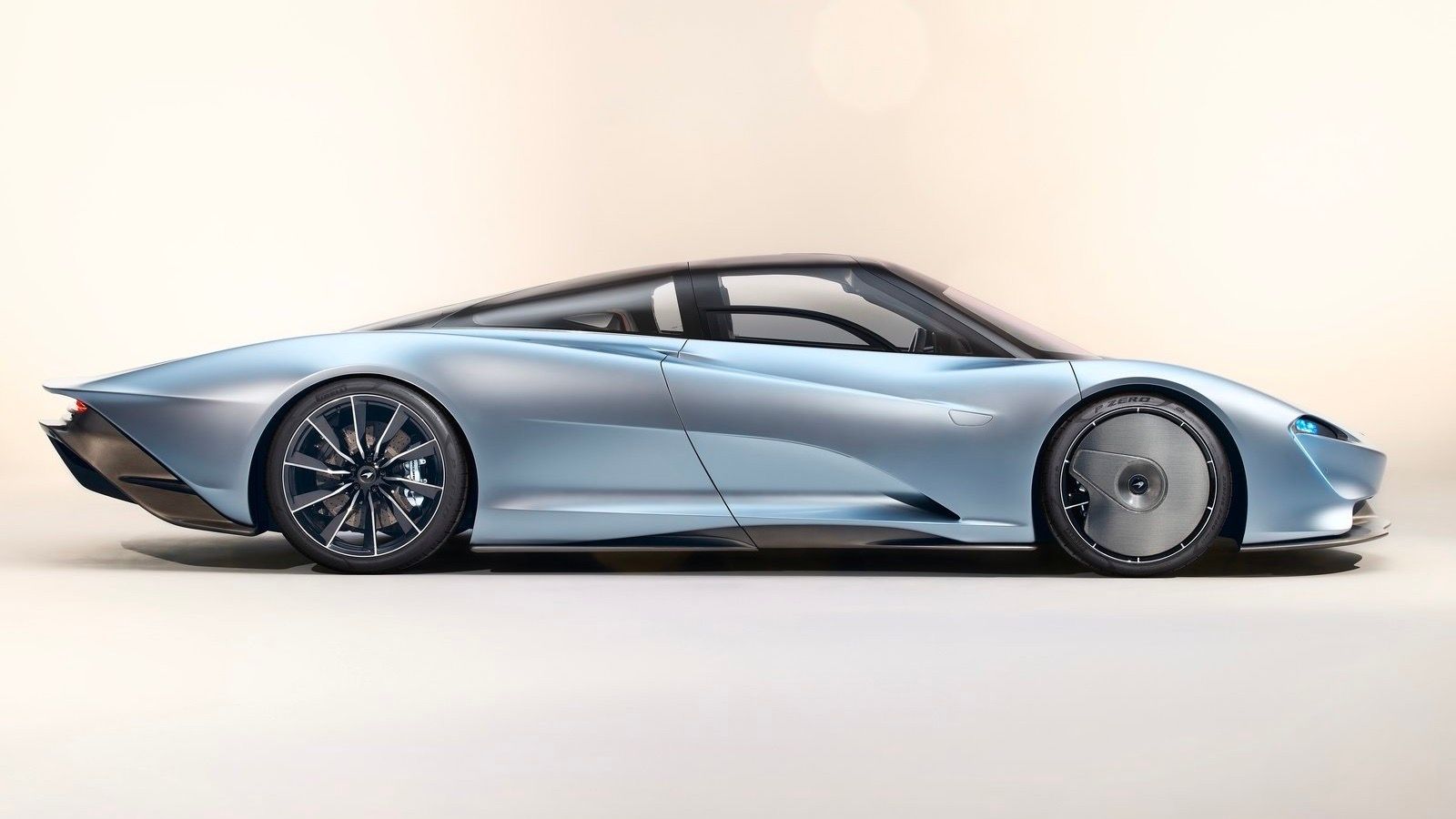When New Zealand-born Bruce McLaren went racing (and won in 1959, 1968, and 1969), little did he know the immense legacy that lay ahead. Sadly, in 1970, the world lost Bruce to an accident at the Goodwood Circuit in England, at the young age of 32. He was testing a brand new race car that lost composure at speed. McLaren raced professionally for 12 years.
In 1985 McLaren Cars was founded and their sole car ever to be produced was the F1, which required extensive development and some experimental construction. Later the group helped Mercedes-Benz develop the SLR McLaren, but the company remained dormant for many years. In 2010 McLaren Cars became McLaren Automotive, where the company started producing the MP4-12C. As the car, and rebranded McLaren gained enthusiasm once again, the company was able to produce more models.
Today, to drive a McLaren means you’re piloting one of the most capable vehicles on the road. McLaren routinely sets the bar, and dominates the competition through speed by clever engineering. The F1 may have set the precedent for McLaren road cars 30 years ago, and the effects of its greatness/reputation still shows in the passion behind the brand’s never-ending search to extract speed and handling out of automobiles. Since the McLaren name has become synonymous with speed and competition, here are the fastest McLaren cars.
10 McLaren GT: 202 mph
The GT was supposed to be McLaren’s calmer, more grown-up car. They really wanted to mean the “GT” part. To some extent it was more grown up, slightly more practical. Mostly though, it was another reason to hurdle past 200 miles per hour in a supple interior with an engine bark that more closely resembled the growling Ricardo V-8 we heard in earlier cars of McLaren’s renaissance. Many claimed GT cars can’t be mid-engined, or only have two seats.
McLaren thinks otherwise, and with its softer, less technical interior, ultimately proving up to the task of long distance cruising. Its rear hatch opens to reveal a small cargo space, rather than showing off the V-8 engine beneath, and you get a frunk for extra storage up front. For two people on a journey across the country, it really could serve as a viable GT. 202 miles per hour while doing it is a perk too.
9 McLaren MP4-12C: 204 mph
McLaren's official return to building road-going cars, the MP4-12C was a force to be reckoned with. After a near 20-year hiatus McLaren entered the supercar realm once again. Later with its name shortened to just “12C”, the original MP4-12C brought a level of engineering and precision to supercars in a time when they were still accepted for their rough-edged quirks.
A 204-mile-per-hour top speed may not come close to the original McLaren F1, but for the brand's first original car after decades of dormancy, creating a supercar capable of steady handling above 200 miles per hour is mighty impressive. The 12C would go on to be known as extraordinary in the handling department when compared to the competition. Not bad for the rebirth of McLaren.
8 McLaren Artura: 205 mph
Just because it’s powered by a V-6 doesn’t mean the new baby McLaren doesn’t move like a big-boy supercar. 205 miles per hour is no small feat. McLaren’s third hybrid enters the market under the brands sports series. The McLaren Artura is the brand’s newest car and leans towards tech and hybridization rather than displacement and boost.
A V-6-powered McLaren might seem blasphemous, but considering its power-dense thanks to the electrified components, and the fact that Ferrari is employing a very similar strategy, the oddball Artura may not seem so odd as we move into the electric era. A 205 mph top speed is nothing to laugh off, nor is its incredible 2.5 second zero to sixty time.
7 McLaren 650S: 205 mph
The 650 series cars were really proof of a slight transitionary phase in McLaren’s road car-building process. Difficult to tame, but wildly impressive is the McLaren 650S. Hot off the heels of the success of the 12C, McLaren decided to turn up the heat and the result was a supercar McLaren could fit between the newly formed sport series, and the ultimate series cars. Based on the 12C, the 650S builds on the platform bringing a new level of performance and savagery with a top speed of 205 mph.
6 McLaren 765LT: 205 mph
The sole LongTail McLaren in our list, the 765LT is in many ways the most unhinged vehicle of the group. LT cars are meant to be responsive and deliver instantaneous power with clever aero upgrades to match the speed, keeping the car glued to the track.
A racetrack is really an LT’s happy place, and the only place you can truly utilize its immense capabilities. The 765LT takes after the 675LT’s erratic nature and brings back the wild side of McLaren as the 720S which it’s based on, is known for putting power down in a composed manner. The 765LT remains one of the real-world quickest cars money can buy at the moment.
5 McLaren 720S: 212 mph
The ultimate road car. When the 720S was unveiled, it shocked the world with its truly next-level performance. It’s no surprise we find it on the faster half of our list as it punches its way up to an incredible 212 miles per hour. McLaren’s trick is making speed melt away as you climb higher through the speedometer.
The 720S’s biggest trick is its ability to have an incredibly compliant on-road ride and composure, while a trip to the track will result in mind-bending lap times. It’s a true dual personality car that is easy enough to handle at everyday speeds, but rewards the most advanced drivers with focus and high capability.
4 McLaren P1: 217 mph
Perhaps the most exotic of the holy trinity was the McLaren P1. It certainly looked more like a spaceship than the others. With its hybrid powertrain, the P1 developed an astonishing 903 horsepower and 664 foot-pounds of torque, rocketing to sixty miles per hour in just 2.5 seconds. P1 arrived at a pivotal time for McLaren Automotive as it was in the midst of rebuilding the brands image.
By bringing an “ultimate” series car to compete with the world’s best, the team was successful and putting McLaren back on the stage as a super-sports car manufacturer. The P1 gave the brand immense credibility, while developing a hybrid powertrain, both invaluable to the company’s success.
3 McLaren F1 LM: 225 mph
Based on the racing version McLaren F1 GTR, the F1 LM was a road-going version of the hardcore race car. This version of the iconic supercar produced 671 horsepower from its upgraded BMW-sourced 6.1 liter V-12 engine. Although it was a couple tenths of a second slower than the normal F1 and with a restricted top speed.
The McLaren F1 LM variant was more about downforce with its large rear wing and other aero upgrades making it stick to the ground even more than the standard model. Still, with its restrictive aerodynamics, the F1 can reach an amazing top speed of 225 miles per hour, which is still more than most supercars can achieve today.
2 McLaren F1: 241 mph
The one. As difficult to describe how significant the F1 is, not only for McLaren, but to the age of supercars as a whole, perhaps its stats can speak for itself. Zero to sixty miles per hour in 3.2 seconds. A top speed of 241 miles per hour, in the 1990s! It was an incredible feat that wouldn’t be beat for nearly a decade. The most interesting part of the McLaren F1 story, however, was the fact that it was never meant to be a top speed car.
F1 father Gordon Murray described the car as being simply, “the best in the world” from a pure driving experience. He made it a point to ignore mainstream stats like zero to sixty and top speed metrics, as his focus was on the theater of the car rather than intangible numbers. As it turns out his requirements for such a car far exceeded what was available to the public, and held the crown as the fastest road car for many years.
1 McLaren Speedtail: 250+ mph
Straight-line speed was never a specific goal of McLaren, a principle set largely by Gordon Murray and his time with developing the F1 for the company back in the 1990s. Speedtail was McLaren’s first attempt at going for all-out speed. Until then their focus remained on power mixed with handling, supported by genius engineering and the latest CAD software. Now though, high speed was a sole priority and doing it, while remaining stable at that speed was the goal.
The McLaren Speedtail turned out to be an absolute monster in a straight line, eclipsing the F1’s 241 top speed. Powered by a hybrid powertrain consisting of a 720S-derived V-8 combined with an electric motor, it still isn’t completely clear just how fast the Speedtail will go unrestricted, but at the very least 250 miles per hour is completely achievable with a grand total of 1,036 horsepower sent to the rear wheels. This makes the Speedtail the fastest McLaren in the world.

